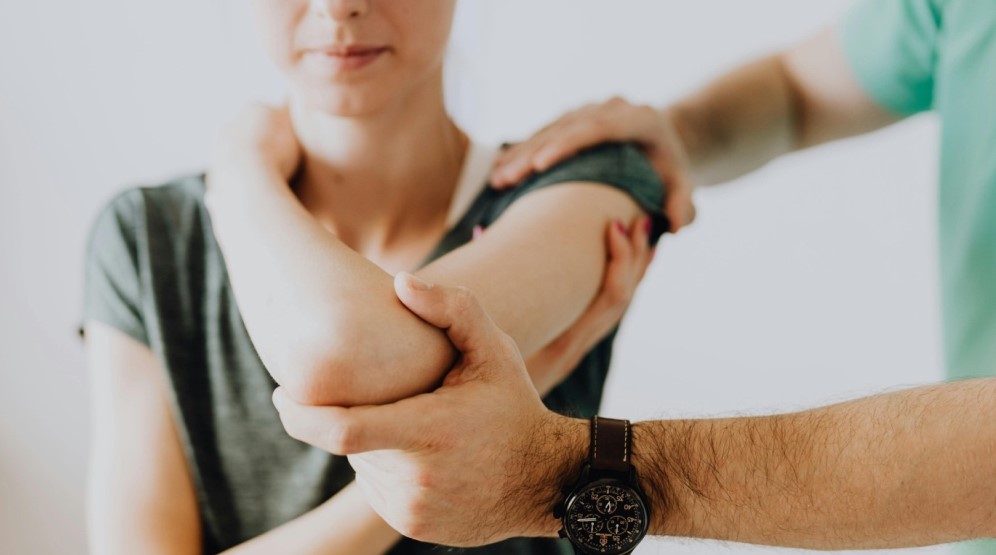
Understanding the Role of Physical Therapy in Recovery
Recovery from an injury or surgery can be challenging, but physical therapy is vital in speeding up the process and ensuring effective healing.
Worldwide, 2.4 billion individuals need rehabilitation in some capacity because of an illness or accident. Physical therapy involves targeted exercises and treatments designed to restore function, improve mobility, and alleviate pain.
In this blog, we will discuss the importance of physical therapy in recovery and how it can benefit patients.
Benefits of Physical Therapy
- Pain Management: Physical therapy helps manage pain through specific exercises and techniques that reduce inflammation and improve muscle function. Manual therapy, ultrasound, and electrical stimulation can provide significant relief.
- Improved Mobility and Flexibility: Therapists design personalized exercise programs to improve the range of motion and flexibility. These exercises help patients regain their ability to move freely and easily perform daily activities.
- Enhanced Strength and Coordination: Strengthening exercises focus on rebuilding muscle strength and improving coordination. It is crucial for patients recovering from injuries or surgeries that have weakened their muscles.
- Preventing Future Injuries: Physical therapists educate patients on proper body mechanics and posture to prevent future injuries. They also advise how to modify activities to reduce strain on vulnerable areas.
- Individualized Care Plans: Each patient's recovery process is unique, and physical therapists create individualized care plans tailored to the specific needs and goals of the patient. This personalized approach ensures optimal recovery.
Common Physical Therapy Techniques
- Manual Therapy: This hands-on technique manipulates muscles and joints to reduce pain and improve mobility.
- Therapeutic Exercises are designed to strengthen muscles, improve balance, and enhance cardiovascular fitness.
- Modalities: These include treatments such as heat, cold, ultrasound, and electrical stimulation to reduce pain and inflammation.
- Functional Training: Functional training focuses on improving the ability to perform daily activities, such as walking, climbing stairs, and lifting objects.
The Importance of Follow-Through
Adherence to Home Exercise Programs
One of the critical aspects of physical therapy is the home exercise program. Patients are often given specific exercises to perform at home to supplement in-clinic treatments. Consistent adherence to these exercises is crucial for optimal recovery. Following through with the prescribed exercises can significantly enhance the effectiveness of physical therapy, leading to faster and more sustainable results.
Physical therapy is essential to recovery, providing numerous benefits that aid healing and improve overall quality of life. Whether recovering from an injury surgery or managing a chronic condition, physical therapy can help you regain strength, mobility, and independence.
Ready to start your recovery journey with physical therapy? Join the National Wellness and Fitness Association today and access various resources to support your rehabilitation. Visit the National Wellness and Fitness Association to learn more and begin your path to recovery now!